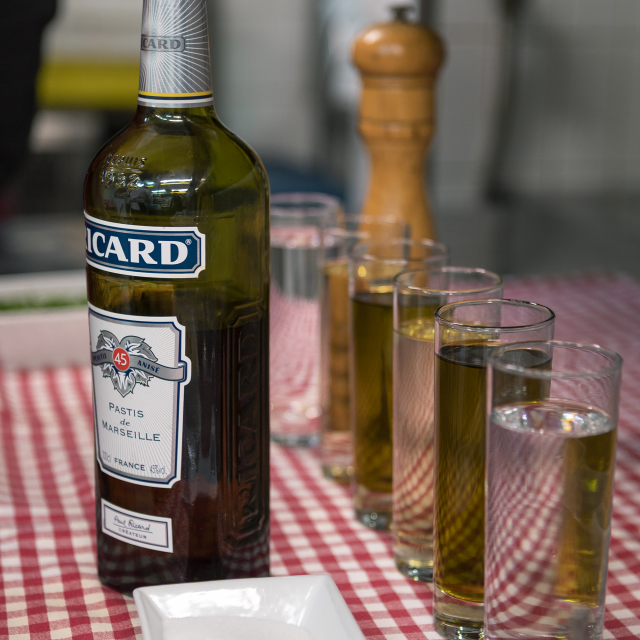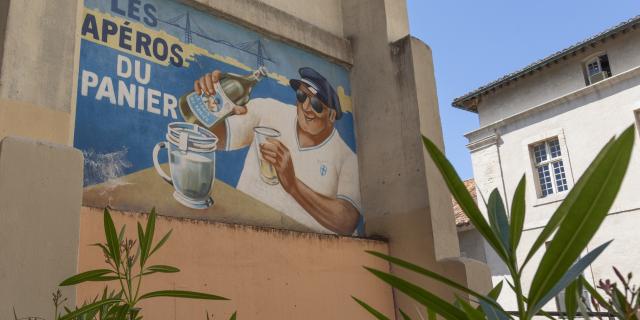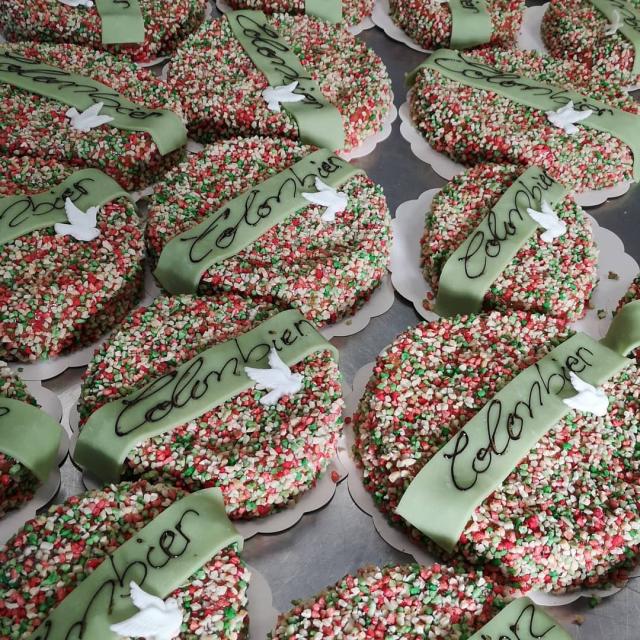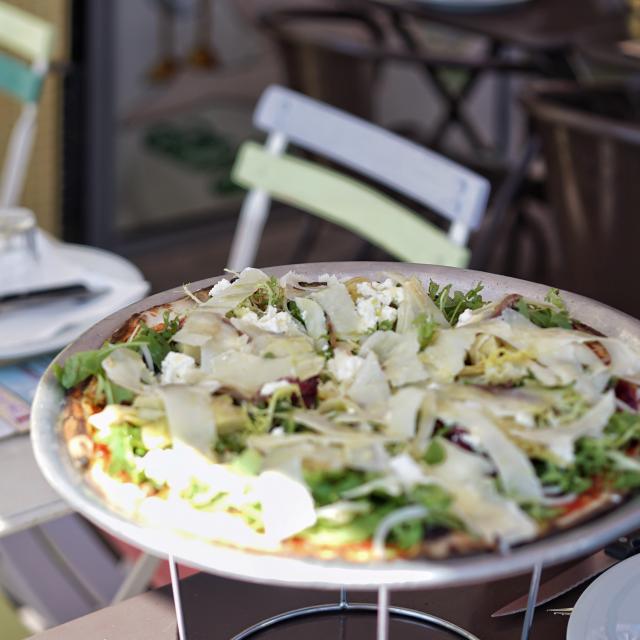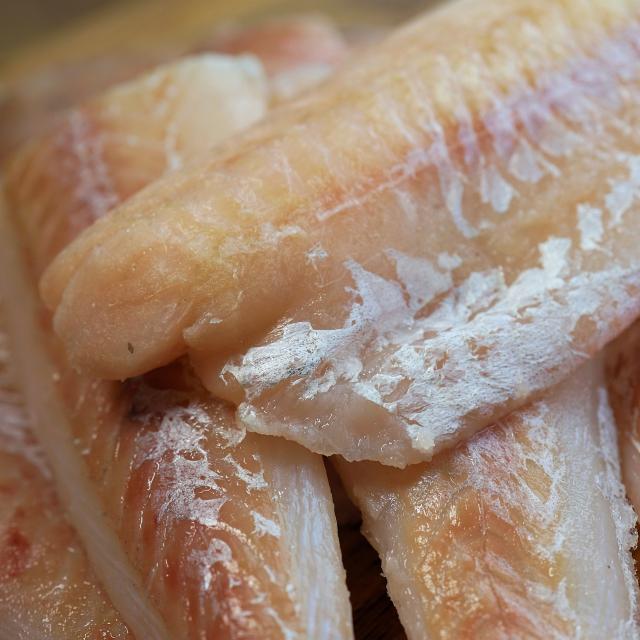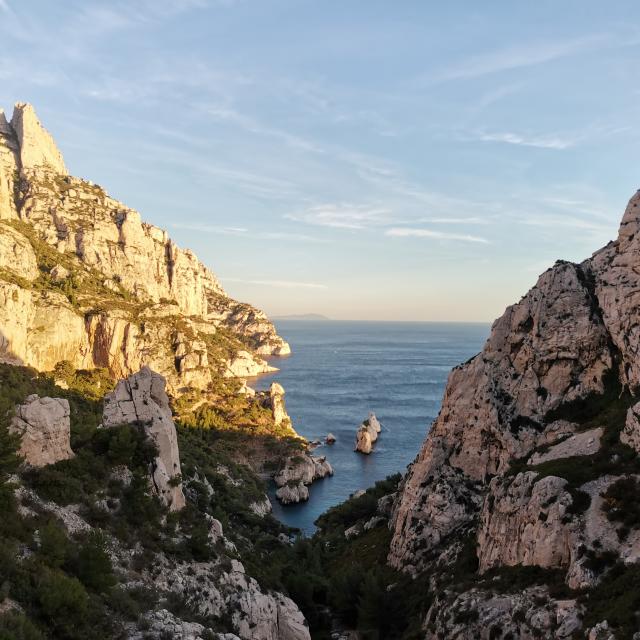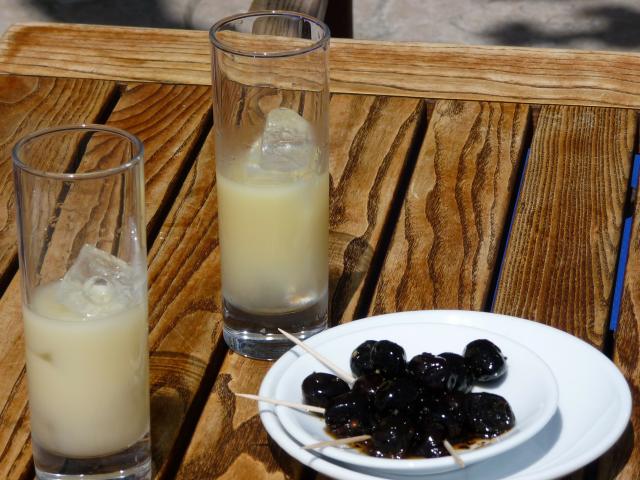
The History of Pastis
The green coloured absinthe, with an alcohol content of 72°, was the most consumed aperitif at the time: as early as the 1830’s, French soldiers who had left to conquer African territories drank it and cured their dysentery with a few drops to purify the water and relieve gastric problems …. On their return to France, they continued to consume it and it was the bourgeoisie, who admired these soldiers, who took over. A whole ceremonial is set up around absinthe, which is part of a social ritual. People gather in living rooms, they use specific utensils : a spoon with a hole for sugar, a water fountain, a crystal service… Absinthe will reach the working class around 1860 and will become the national drink. It was nicknamed “the green peril” because alcoholism increased rapidly.
In 1915, the prohibition law was passed: all alcohol over 16° was banned.
Gradually, the laws will become more flexible under public pressure and distillers alike represented by Pernod, Duval and Berger.
A tradition in Marseille
In Marseille, it was Paul Ricard, son of a wine merchant in the Sainte Marthe district, who in 1932 began marketing his famous aniseed-flavoured drink. His recipe is unique and secret, based on plants from the garrigue, liquorice (which gives the yellow colour) and star anise.
During the Second World War, alcohols above 16° are once again banned as they are accused of softening the soldiers in this war that is being to be lost… And it is not until 1951 that Pastis is once again marketed. That’s all it took for Pernod to create his 51 with the name “Pastis de Marseille”.
The “flaï”, the “yellow” is consumed at the time of the aperitif summer as well as winter: one dose of pastis for 5 doses of water. You can also add grenadine syrup (in this case it is called the ‘tomato’), or mint syrup (the ‘parrot’), or orgeat syrup (the ‘moorish’).
For the more curious, you can also make a ‘fuel oil’ (mazout in french)! One dose of pastis for 5 doses of Cola…
There are other aniseed-flavoured aperitifs, with or without alcohol, which are similar: Cristal Liminana anisette made in Marseille, and Pastis Janot distilled in Aubagne. These “cousins” of Pastis Ricard 51 insist more on their thirst-quenching power: it is true that in Provence, in the summer, people are more interested in cooling down than anything else!
But despite what one might think, the biggest French consumers are in the North!
